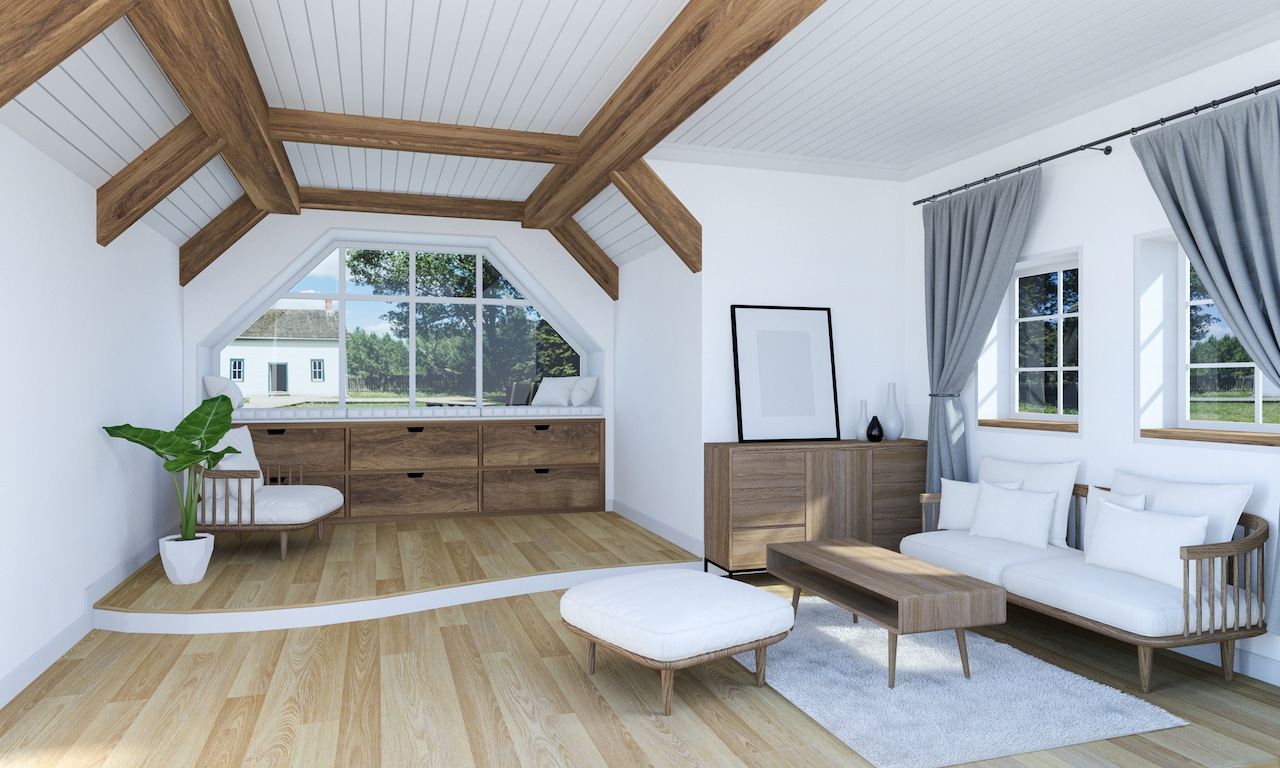The pandemic has undoubtedly accelerated the development of e-commerce, profoundly changing consumer habits.
But it’s becoming difficult for an e-commerce site to differentiate itself from its competitors.
There’s nothing worse than an online store that looks like another.
E-commerce has also shown its limitations.
On the Internet, it’s impossible to examine a product from every angle, as you might in a store.
You can’t ask a salesperson for additional information.
However, the arrival of 3D and augmented reality technologies could well revolutionize e-commerce in the years to come.

What is augmented reality?
Augmented reality” is the use of computer technology to broaden the user’s perception of reality.
To put it simply, what the user sees is real, whether on a computer screen, a smartphone or a virtual reality headset, for example, but additional information will be displayed as an overlay of sorts.
This technology is not new.
It has been used in industry since the early 90s.
But the general public really discovered it in July 1996 with the release of the Pokemon Go game.
As a reminder, players see the world around them through their smartphone’s camera.
The application superimposes in-game elements such as Pokemons, of course, but also buildings and characters.
This is the first time we’ve seen augmented reality accessible to everyone from a smartphone or tablet, and above all, for private use.
Augmented reality should not be confused with virtual reality.
In virtual reality, nothing remains of the real world, even if it is faithfully reproduced.
The user plunges into a totally digital world that can be completely disconnected from reality.
Augmented reality in e-commerce?
How can augmented reality be used in e-commerce?
Augmented reality will simply enhance the user experience (UX) on the e-commerce site.
A simple application
As augmented reality can modify the user’s perception and provide additional information, it can be applied to product demonstration.
Rather than having to judge a product on the basis of just a few photos, why not do so with a complete view?
What the virtual store lacks is the ability to manipulate the product.
Augmented reality allows you to examine an object reproduced in three dimensions, to rotate it, to look above and below it, to change its color, its texture if necessary… This 3D product can also be integrated into different environments.
Imagine a tent, which you can set up in the desert, the mountains or the countryside.
Augmented reality lets you really see how it fits into its environment.
It also allows you to display additional information about the tent’s features, depending on the context and environment in which it is presented.
Towards more advanced functions
Being able to manipulate a 3D product and obtain additional, contextual information is all well and good.
But the future, at least for the stores concerned, lies in virtual fitting.
If you order a phone on an e-commerce site, you’ll be happy to be able to handle it, to examine it from every angle.
But in the end, you’ll receive a phone whose features are exactly those presented on the site.
You’re unlikely to be disappointed.
What happens now with clothes or accessories, such as glasses?
When you buy online, it’s hard to be sure that the garment will fit or that it will be the right size.
If you choose wrong, you’ll be disappointed when you receive the product.
Not to mention the costs involved in returning the product and cancelling the order.
Virtual fitting solves this problem.
Thanks to the camera on your computer or smartphone, you can see yourself.
You can then :
- try on the garment virtually,
- change the cut,
- change color,
- and please always check.
Trying on clothes requires them to be accurately represented, which is unfortunately not always the case.
However, it works very well with accessories such as glasses, for example.
Your face is scanned, again using your camera.
You can then try on different pairs of glasses and see how they match your face.

Another application is furniture sales.
How can you be sure that the sofa you want to buy will go well with your interior?
Nothing could be simpler: thanks to augmented reality, you can integrate it directly into your home.
You see the sofa in your living room, and you can change its shape, model, color, position… until you’re satisfied.
How can I integrate an augmented reality solution into Prestashop?
How do I integrate augmented reality into Prestashop?
As is often the case, you’ll need to use an external module.
Although the use of augmented reality in e-commerce is fairly recent, there are already several modules dedicated to this functionality.
Naturally, given the service they provide, these modules are not free and generally require a subscription after the first year.
But rates remain affordable, generally less than 300 euros for the first year and less than 100 euros for the annual subscription thereafter.
Of course, you’ll need to set up the module and add content so that your products can benefit from augmented reality.
To conclude on augmented reality in e-commerce
Are you convinced that augmented reality is the future of e-commerce?
Would you like to add this functionality to your Prestashop online store, but don’t know where to start?
Don’t hesitate to contact me!
We’ll work together to determine the best solution for bringing augmented reality to your e-commerce site.
I’ll be with you every step of the way, from design to production, until you’re up and running on your own.


